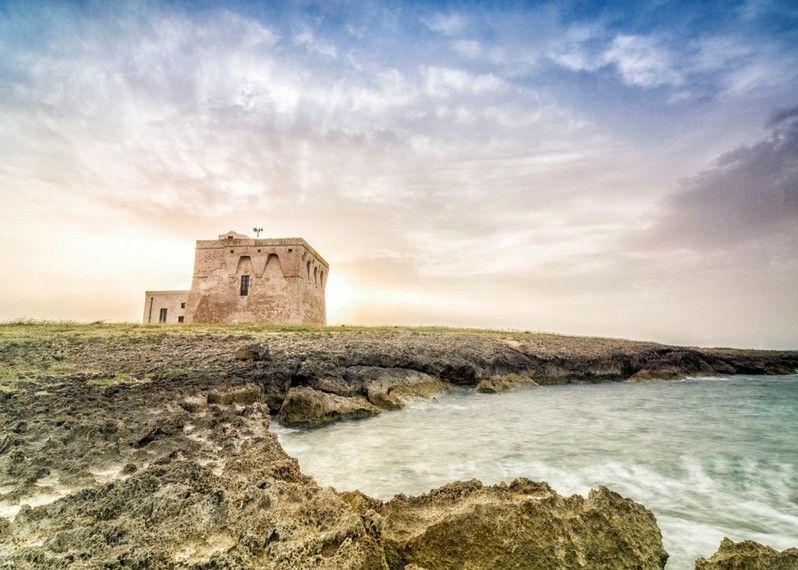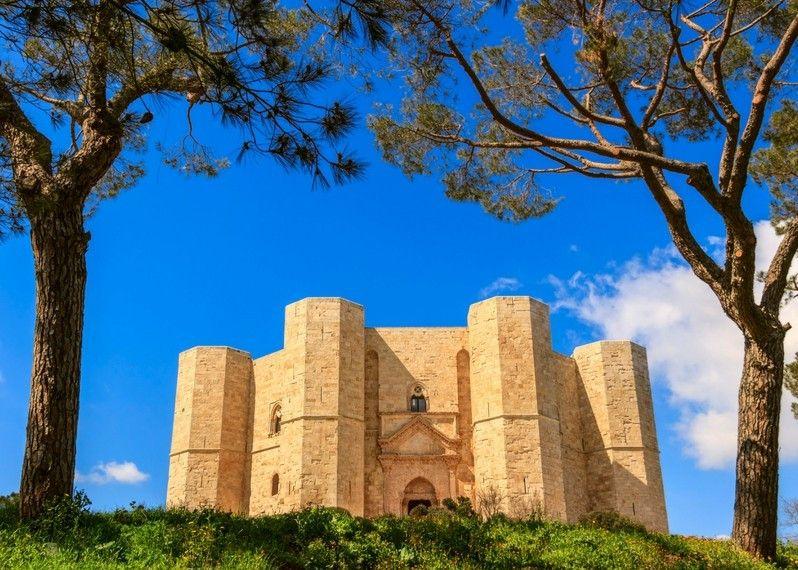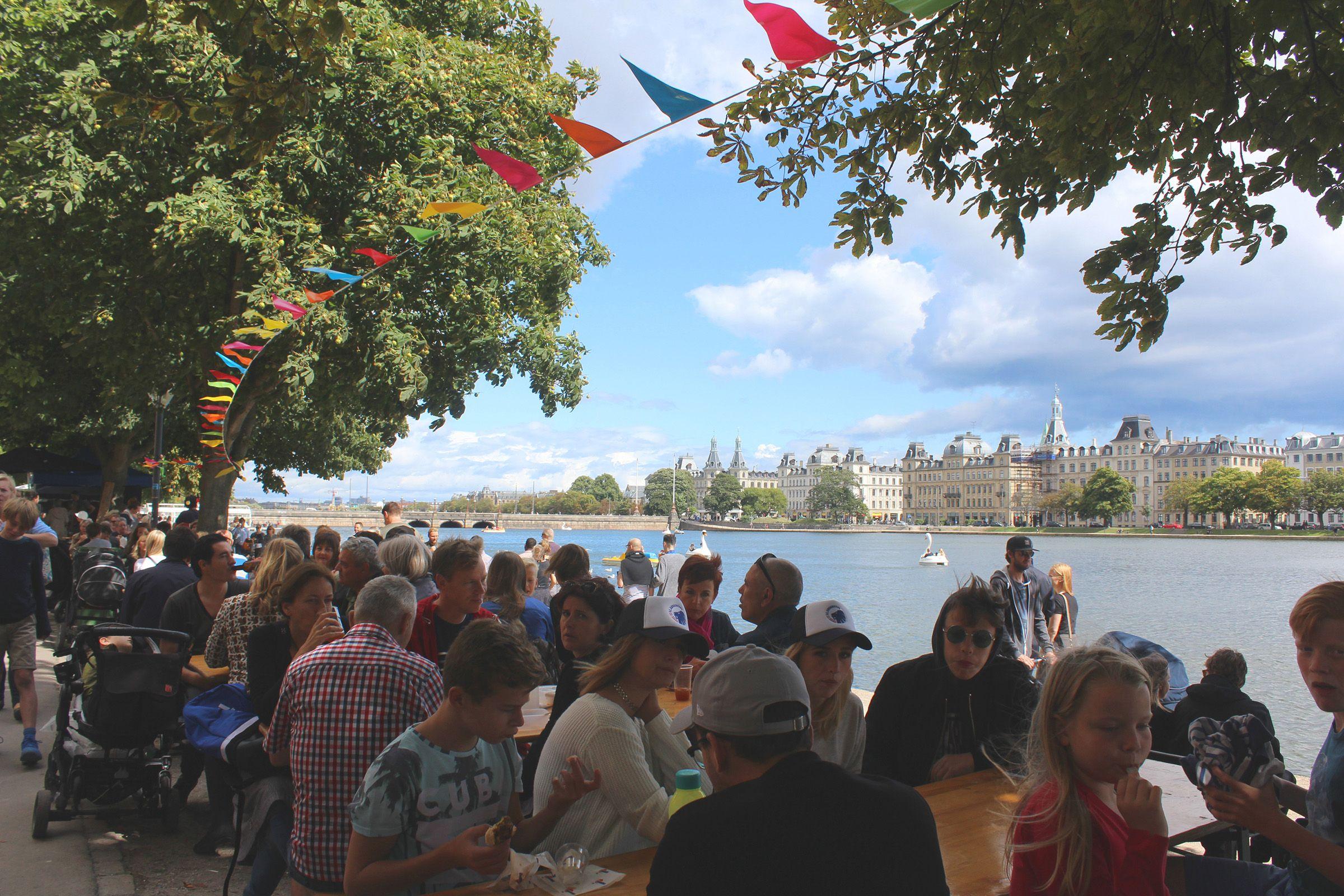Apulia, with its white sandy beaches, ancient towns like Polignano a mare and Ostuni, rich produce from the land and good wine, has become a favourite tourist destination for Italians and foreigners alike. And precisely for this reason, when July and August arrive, both the beaches of the Salento and the inland villages are often overcrowded. In May, June and September, on the other hand, the sea is warm, the prices lower and the beaches of Apulia almost deserted. To experience a completely different holiday, come during these months, when the weather is still mild, and, not to be mistaken, mark down these beaches that will make you think you are in the Caribbean, with all the flavour of the Mediterranean.
The splendid view of Polignano a mare
Discovering Puglia's seas
Sandy sandy shores, pebbly coves, flat rocks lost in the blue; sandy tongues in the heart of villages overlooking the sea or hemmed in by dunes; wild or fashionable, framed by white cliffs or Mediterranean scrub. The list of must-see beaches in Apulia may never end.
Bay of the Zagare
It feels like being in the Caribbean, but we are at Baia delle Zagare, also known as Baia di Mergoli, one of the most beautiful beaches in the whole of Puglia. To be exact, it consists of two small beaches, separated by a high cliff and with a splendid view of the Faraglioni and the Arch of Diomede.
Guaceto Tower
The map of Apulia shows, in this marine protected area, a place of unspoilt stretches of Mediterranean scrub, giving way to delightful coves of golden sand, some fifteen kilometres north of Brindisi.
Porto Selvaggio
Travelling in Puglia without getting here would be a real shame. The crystal-clear water is reflected in the strangely shallow and sandy seabed, populated by urchins and fish of various species, while spring springs continuously refresh the water, often making it icy even in August. A magical place.
Cala Matano (Tremiti)
At Cala Matano, the full moon is a great beacon that illuminates the night and helps you dream. It will inspire a small, big dream of refreshment and regeneration in everyone.
Punta della Suina
They call it 'the Caribbean of the IonianSea' and it has everything a lover of sea life could wish for: the scent of pine forest, fine sand, turquoise waters and a few beach kiosks to refresh oneself.
Torre dell'Orso
A crescent of sand between two high cliffs, offshore the famous Due Sorelle, two stacks that seem to clasp each other in an embrace. If one wonders what to visit in Puglia, the answer can only be this sun-kissed strip of land.
Typical Apulian architecture can be found in Monopoli and Ostuni.
Caves in Apulia to discover.
The sea in these parts is not only limited to the beaches: the blue, in the most beautiful beaches in Apulia, also seeps into the earth through the rocks, and the parade of caves that seamlessly pierce the Apulian coast, from Gargano to Salento, is truly magical. Among the most renowned is the Grotta Verde, a true institution in Apulia. But the Grotta della Poesia, at Melendugno in the province of Lecce also stands out on the Salento map. Other famous caves, in some cases far from the sea (such as the suggestive Grotte di Castellana, near Alberobello) dot the map of the region. But they are not the only ones: here are the most incredible ones in which to make a detour.
The white rocks of the Gargano
On the long stretch of coast between Mattinata and the Bay of Vignanotica, don't miss the majestic natural vault of the Grotta Cattedrale, or the Grotta del Serpente, a kind of reptile cave that nature has carved out of the rock. Near Vieste, take a boat trip (perhaps with an aperitif) to the caves with curious names given to them by fishermen: the Grotta Sfondata (from whose perforated vault Aleppo pines protrude), the Grotta dei Due Occhi (Cave of the Two Eyes), from whose openings beams of blue light penetrate, and many others.
The caves of the Tremiti Islands
At Cala Grotta del Sale, on the east coast of San Domino Island, a swim to the cave where people once came to collect precious crystals is a must. On a boat trip, discover the Grotta del Bue Marino, where monk seals used to bivouac, or dive into the waters of the Grotta delle Viole, where purple algae line the walls.
Grotta Zinzulusa
Among the caves in Apulia to visit is this cathedral of nature, accessed by land, where hundreds of thousands of tourists pass through every year, but which always gives great excitement when the boat, after skirting steep rocks, enters the 'cathedral' and the 'zinzuli' (formations resembling rags) can be seen.
Caves of Santa Maria di Leuca
The Heel of Italy also has its own collection of beautiful caves: boat trips to the Grotta del Ciolo depart from the old port of Leuca, which can also be reached by sea from the cove of the same name set between high rock walls.
A view of Castel Del Monte in Apulia.
Sign up for our newsletter! For you every week travel tips, special offers, stories from the world and 30% off your first order. 30% discount on your first order.
Apulian castles
Absolutely extraordinary is the geometric perfection of Castel del Monte, a castle in the middle of nowhere built in 1240 by Frederick II, emperor of the Holy Roman Empire. To this ruler we owe the most remarkable fortresses in the region, often built on pre-existing structures, including the castles of Oria, Trani and Bari - large, square buildings that testify to this land's warlike past.
Eating in a restaurant in Polignano a mare, opening the map of Salento to explore its seabed and white sands, discovering Santa Maria di Leuca and its beach are all experiences that make a trip to Puglia an unforgettable moment.
Puglia, sandwiched between the Adriatic and Ionian seas, enjoys a strategic position, stretching out like a springboard towards the eastern Mediterranean. Greeks, Romans, Saracens, Aragonese, Normans and Swabians have left evidence of their passage and the coast and hinterland are dotted with imposing fortifications and walled cities. It goes without saying that the sea of Salento, the beaches around Otranto andeven the whiteness of Monopoli in Apulia, along with all the other regional wonders, do not only end at the coast, but also wind their way inland, in the castles that look out towards the sea.





